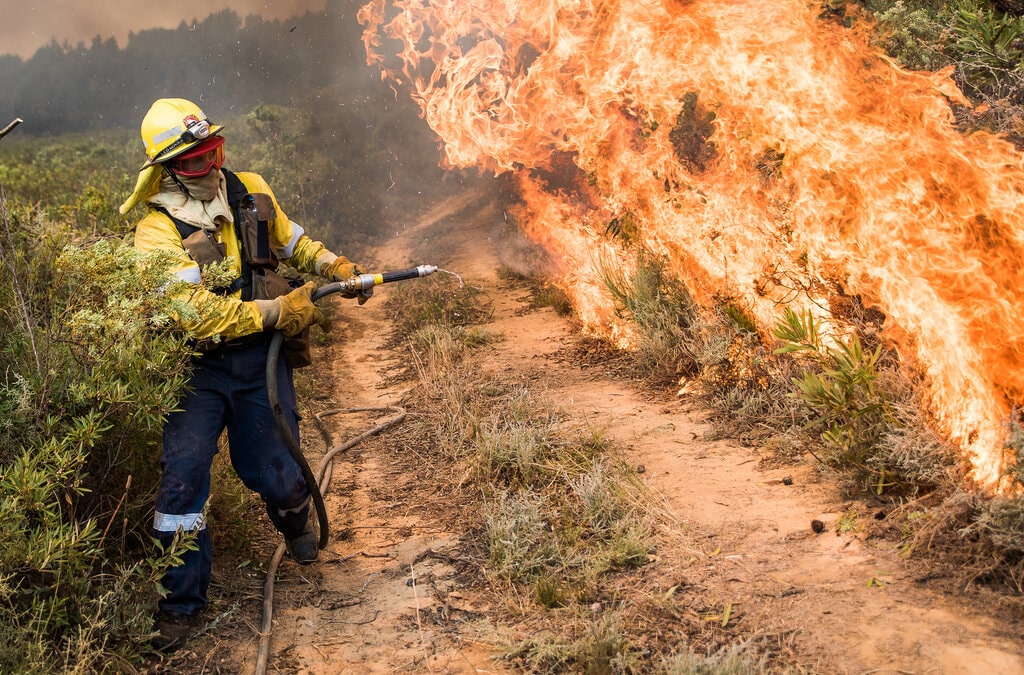The coastal fire has already cleared 200 acres of land and is one of three currently burning in California amid an ongoing historic megadrought in the region.
—
A rapidly moving coastal fire driven by strong winds destroyed at least 20 homes and forced the evacuation of about 900 local residents in an affluent town in Orange County, California, demonstrating how worsening drought conditions have escalated the threat of wildfires in the region.
The coastal fire broke out on May 11 in the Aliso and Wood Canyons Wilderness Park, which quickly spread and burned down about 200 acres (81 hectares) of land so far. The flames’ speedy spread can be attributed to winds that reached up to 30 mph in the area, according to nearby observations from the National Weather Service, coupled with extreme dry conditions amid a historic megadrought in the western US region.
While the cause of the fire is still currently under investigation, electric company Southern California Edison reported detecting “circuit activity” on one of its power lines “close in time to the reported time of the fire”.
Still, officials and scientists did not expect the extent and the intensity of the fires considering wildfires tend to occur in late summer and autumn seasons. Already, this is the fourth fire in Orange County and the third currently burning across California. But as the impact of climate change continues to prolong drought conditions, dry vegetation is providing the perfect fuel for fires to spread faster and further.
“The fuel beds in this county, throughout Southern California, throughout the West, are so dry that a fire like this is going to be more commonplace,” said Orange County Fire Chief Brian Fennessy.
The ongoing megadrought is the driest 22-year period and the most extreme megadrought in 1,200 years, according to a recent academic study. This led to California experiencing its worst drought in its 126-year record last summer. NASA forecasters also predict conditions won’t be alleviating anytime soon and expects below-average precipitation in the region. This would mean California will have to brace for more and severe fires in the coming months.
Meanwhile in New Mexico, more than 300 homes and other buildings have been destroyed by wildfires since blazes began in early May, and is set to be the worst in the state’s history, having razed over 105,141 hectare – about two thirds the size of Greater London. At one point, the fires threatened the Taos area, known for its UNESCO World Heritage Site Native American community.
The devastating fires have forced President Joe Biden to declare a major disaster, which unlocks federal funds to provide temporary housing and low-cost loans to cover uninsured property losses and other programmes to help residents and business owners recover.
You might also like: What Causes California Wildfires?
Featured image by: EO Photographer Justin Sullivan


















